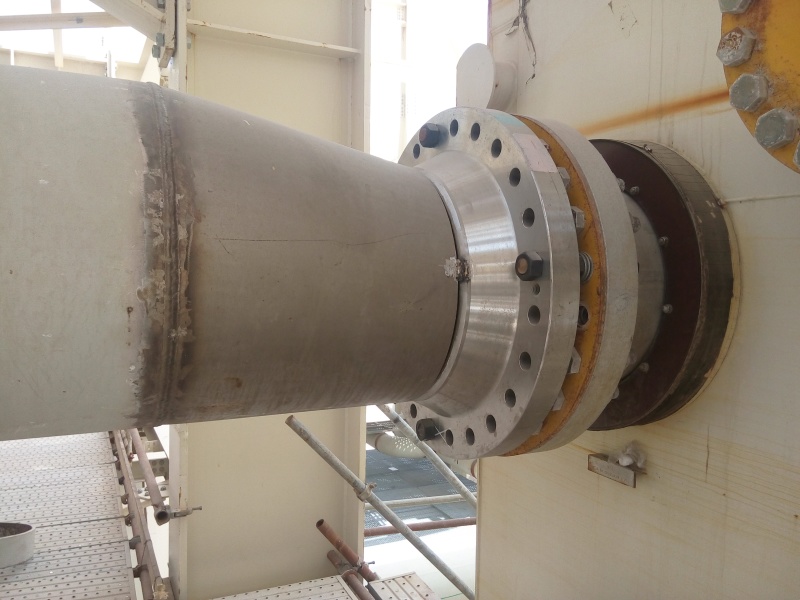Quite simple. Think about it. Nothing more than this. If you need a pump that has a capacity of 100 L/m, one that operates at 3600 rpm would be one half the size of a pump operating at 1800 rpm. One half the size usually means very much cheaper equipment and by using the smaller equipment, you can have a smaller plant. But faster velocity, high speed machines, pipe and equipment generally means higher pressure drops, bearing wear, lube oil consumpiton and the need for more maintenance. Design life usually is shorter as well.
The typical plant design problem: How to build a plant with the capacity I need as cheaply as possible that can operate for the longest design lifetime.
Solution:
If you can operate at a faster velocity, you can use smaller, usually cheaper, equipment. But pressure drop will be higher when the fluid has to travel through the small equipment and pipe size when moving at that faster velocity, so if you made all the pipe in the whole plant equally as small as the equipment, you wouldn't have enough pressure to get the fluid to the other side of the plant. The alternative to that is increasing the design pressure, which again would increase cost of designing equipment and pipe for the higher design pressure.
The optimum solution: How to design the lowest cost plant having the capacity I need depends on the cost of all the equipment and pipe. Equipment is very expensive and pipe is relatively cheap, so you can easily see that the best way to optimize the whole problem of designing a plant that uses expensive equipment and cheap pipe is to selecct the smallest, cheapest equipment, operating at the highest velocity and complement that by use of the largest pipes, operating at lower velocities and low pressure drops to keep total pressure loss across the plant to a minimum. That keeps the equipment costs low while larger diameter pipe, still having not so high pipe costs, give acceptable pressure losses.
Result: The plant is designed for required capacity, acceptably long design lifetime, runs at reasonable cost and has the smallest footprint. Optimized!
Technology is stealing American jobs. Stop visas for robots.


